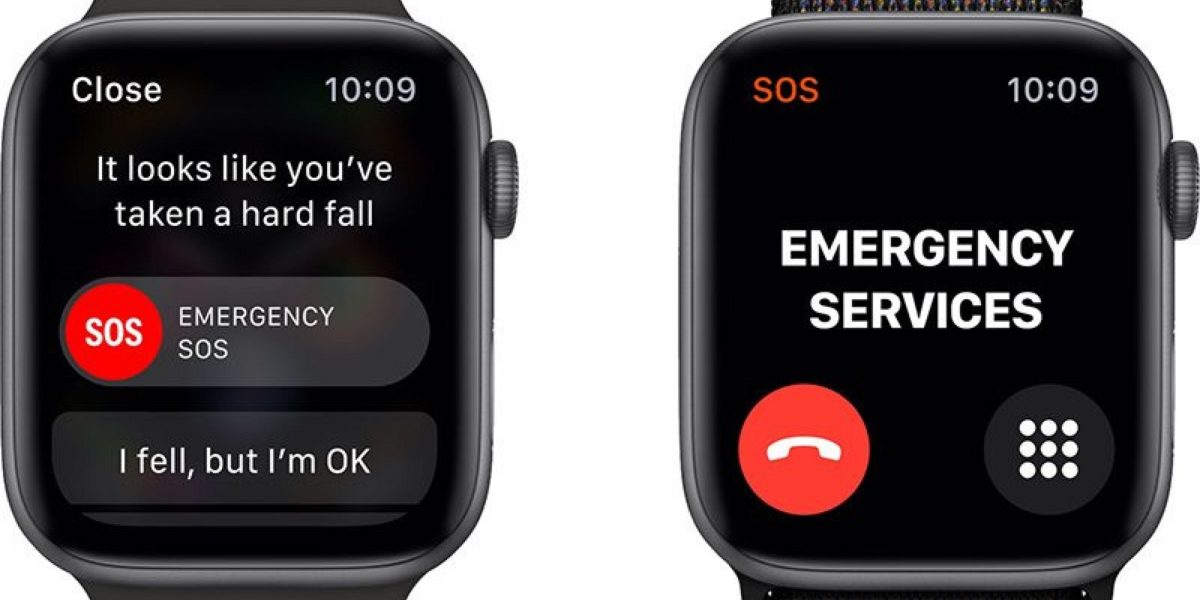If we asked people to name the first ever wearable, I’m betting a lot would immediately think: Fitbit or Apple Watch.
But I’m also betting a lot of you have an elderly relative who owns a fall alarm that is worn around the neck. This wearable was made in the 70s and although it hasn’t moved on since then it was certainly early use of medical wearable tech.
The fall alarm, however, has long faced a problem of poor adoption rate. Only 21% of people that buy fall alarms actually wear them and they’ll instead sit collecting dust by the door or by the bed where ‘emergency’ items are traditionally kept. The red and white colours that scream ‘hospital’ and the ‘old and frail’ image doesn’t help things either, plus having something dangling round your neck all day, everyday is not an easy or particularly welcome behaviour to adopt.
Now let’s look at the Apple Watch. This stylish wearable obviously has far greater functionality – as you might expect with 40 years’ worth of improvements in technology – and is clearly more popular than the fall alarm. The Series 4 now comes equipped with Fall Detection and Emergency SOS as well as the classic features such as heart rate monitor, meaning it can now be considered a competitor to the classic fall alarm.
The key to Apple’s success is that they have blurred the space between consumer and patient. Their watch has genuinely useful health benefits but also doesn’t cue ‘health’ or ‘unwell’, rather it is something to enjoy, be proud of and make you look good. It’s not just something useful, it’s aspirational. What’s more, wearing a watch is a very natural behaviour, whether it is wearable tech or not, making it a more natural adoption.
Health wearables don’t have to cue health or weakness. It’s neither an enticing feature or, more broadly, proposition. The lack of consumer centricity for the fall alarm has been an issue that was never quite resolved until it is now, perhaps, too late.
Consumers are open to taking control over their health with wearable tech, but it will be the wearables that fit more naturally and appealingly into their lifestyles that will keep that adoption curve moving.


